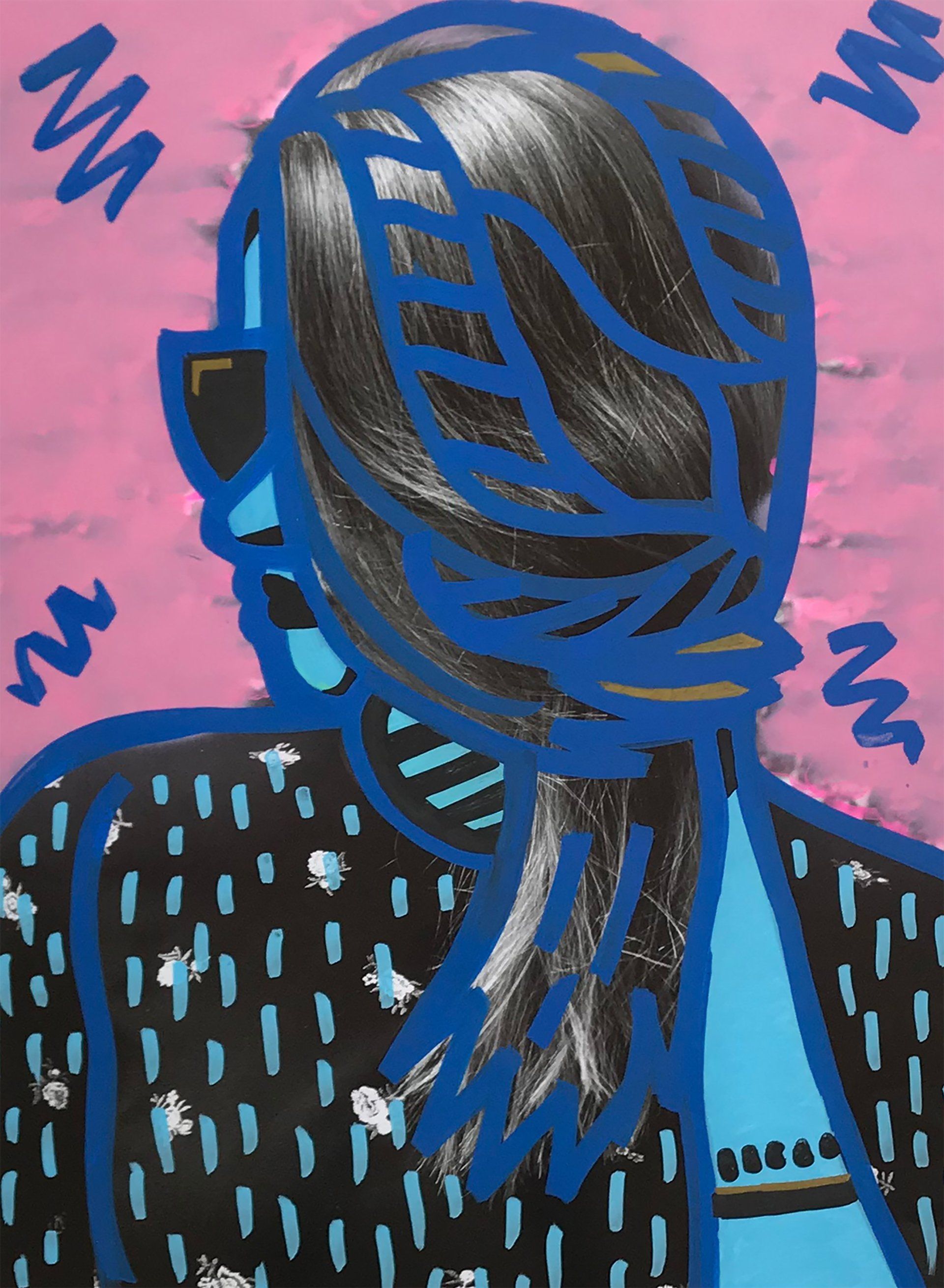Exploring Creativity: the 'Person' perspective
Understanding creativity from a 'Person' perspective

Creativity is a multi-dimensional construct, as the 4Ps model (Process, Product, Person and Place) suggests, that can be understood differently depending on the perspective as viewed from different locations. Previous articles have sought to examine creativity from the perspective of it being a ‘process’ or in terms of the ‘product’. This article seeks to add to these perspectives by understanding creativity as located within a person and seeks to explore the question, ‘What makes a person creative? Often, it is considered that some people just are creative, and others are not – like it is something you are born with. For example, great artists, musicians, designers, inventors, research scientists, entrepreneurs (and so on) are often called ‘gifted’, suggesting that creativity is a ‘gift’ that some people possess and by implication that others don’t. Certainly, many people do seem to subscribe to this way of thinking and openly declare their lack of creativity, in much the same way that others readily declare that they are no good at Maths. Yet we know by observing toddlers and young children at play that the creative instinct is present in us all from an early age. So, why is it that in some people this creative instinct continues to grow and flourish across the lifespan, yet in others it recedes and lies dormant?
It is generally agreed that the development of most human attributes and abilities is influenced by a complex mix of genetic and environmental factors. Creativity, as an expression of human intelligence is no different. The so-called ‘creative person’ is actually the outcome of a range of inter-linked influences emanating from different sources. There will be internal psychological processes or mindset particular to the person; external behaviours and/or habits exercised over time; socio-cultural influences from family, peers, teachers, the media and wider societal structures that can determine beliefs, expectations and learning opportunities. This article will discuss how these factors might be involved in the emergence of what might be considered ‘a creative person’ and how this understanding could be applied to strengthen the creative instinct and widen access to creative expression for more people across the lifespan.
First of all, it is important to clarify that creative people can and do exist in all domains and disciplines of human activity. It is not only something confined to certain types of endeavour such as the arts. The internal psychological processes of the ‘creative person’ show a particular attitude of mind and willingness to reconsider that which is taken for granted by most people. The ability to imagine different scenarios and play with associations between ideas, particularly distant associations, connecting and recombining unlikely pairings seem to be particularly important in creative inspiration. Neuroscience researcher, Colin Martindale, highlights the importance of state of mind in being able to see and make new connections, one where attention is ‘de-focused’. Brain studies suggest that creativity in not located in one region of the brain, but “emerges from a complex network of neurons firing throughout the brain”. But can neuroscience shed light on whether the ability for associative thinking is inherently fixed or can it be cultivated over time? An important neuroscientific study into creativity training by Fink et al (2006) demonstrated that creativity training (a programme designed to boost the ability to see and make connections) can indeed alter brain function and make people more creative in a relatively short period of time (2 weeks). So, the evidence of the potential to grow the psychological processes implicated in creativity are encouraging; the potential for creativity can be cultivated across the lifespan. Now, let’s consider some factors that may impact on an individual’s potential for creativity.
Personal behaviours and actions will, to some extent, set the scene and trajectory for either growth or decline of creativity within an individual’s life and work. Creativity can occur within a multitude of contexts and different media. Being able to think and act in creative ways within a particular medium relies on having acquired the necessary skills to exercise control of that medium. This, together with a willingness to experiment and take risks provides a powerful combination in which to incubate creative ideas and sense those that will have potential and value. This ‘sensing’ is inextricably linked with a deep knowledge of the medium and at the heart of how the creative person operates with their chosen medium. Personal beliefs, mindset and thinking patterns are also forms of behaviour that impact an individual’s capacity for risk-taking, experimentation and creativity. It is here that the influence of external factors, such as family, peers, culture and societal structures have most impact and can be pivotal in enabling or restricting the growth of creativity in a person.
The environment around an individual will convey attitudes towards creativity both implicitly and explicitly. The attitudes of first, family culture and later, peers will be internalised and help shape the beliefs and mindset of an individual with regard to creativity, in general and their own creative capabilities, in particular. Once a child starts school, the attitudes of teachers and a wider peer group will, for better or worse, influence the growing child still further. Societal structures will exercise further influence on the individual through messaging in the media; educational and training opportunities; role models and support for innovation.
To summarise, the perspective of creativity as a person involves recognising that creativity is not confined to the arts but can occur in a wide variety of settings, from the office to the science lab. What matters for the creative person is having a strong foundation of knowledge of the chosen media, a mindset that embraces experimentation and an attuned sensing of ideas that have value. An individual’s creative capacity is not a fixed at birth, rather it is flexible, responsive to external factors and can, therefore, be cultivated or limited in various ways.
So, how is a coach to make sense of this new knowledge and apply it in practice? Subsequent articles will provide case study examples, with commentary, of how coaches have integrated these perspectives on creativity when coaching individuals and groups in various work and personal contexts.
Before that though, the role of ‘place’ in enhancing or shrinking individual and group creativity will be explored further in my next article: Creativity as place.









